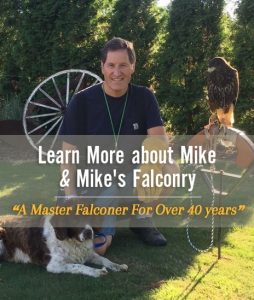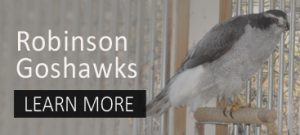Historically, the ancient sport of falconry was developed to hunt small game with trained raptors. Since humans first started training raptors more than 3,000 years ago in Mesopotamia, however, the principles of falconry have found a number of other practical applications as well. In recent years, falconers have even found work protecting agricultural lands from nuisance birds such as sparrows and starlings that feed on vulnerable crops.
Take Falcon Force, for example. This group has had great success using trained falcons to keep unwanted birds away from farms and orchards in California. While bird abatement devices like air cannons and distress calls can have a limited deterrent effect on nuisance birds, natural predators like falcons can keep them away from agricultural lands for good.
 “Practically nothing else works, long-term,” said Falcon Force falconer Vahé Alaverdian in an interview with National Geographic. “Nothing is going to scare off a prey species but their own predator.”
“Practically nothing else works, long-term,” said Falcon Force falconer Vahé Alaverdian in an interview with National Geographic. “Nothing is going to scare off a prey species but their own predator.”
Training the falcons for bird abatement is actually quite different than training them to hunt. Whereas a hunting falcon might only be in the air for a few minutes before spotting its target, falcons trained for bird abatement need stamina to fly their patrols for extended periods of time. The falconers must also be careful to keep their raptors well-fed so they can focus on chasing away the nuisance birds rather than trying to eat them. Falcon Force’s birds require years of training before they’re ready to be put to work on a farm.
Interested in learning more about the sport of falconry? Check out our extensive selection of books covering a wide range of topics, from the history of falconry to raptor breeding and rehabilitation techniques. Whether you’re an aspiring apprentice or a veteran falconer, you’ll be sure to find a great new addition to your bookshelf!

 "A USA Company
"A USA Company






